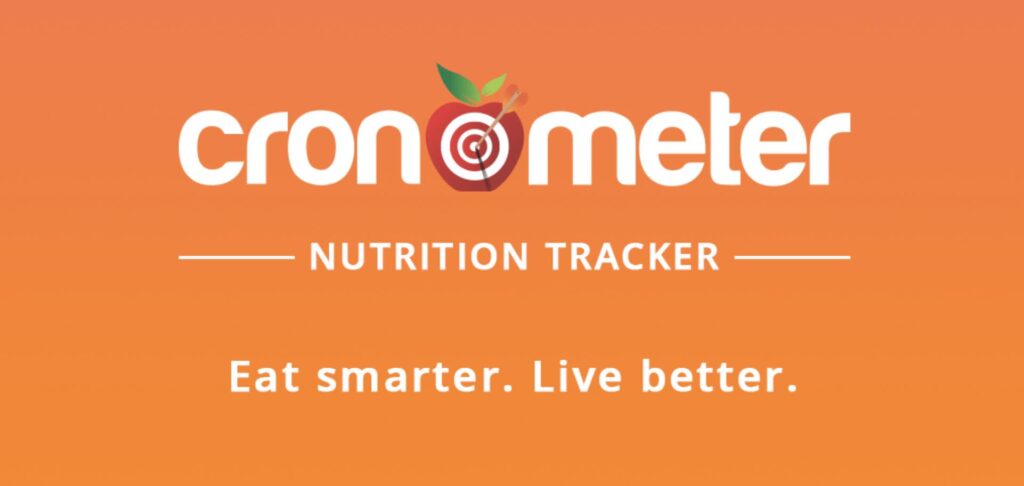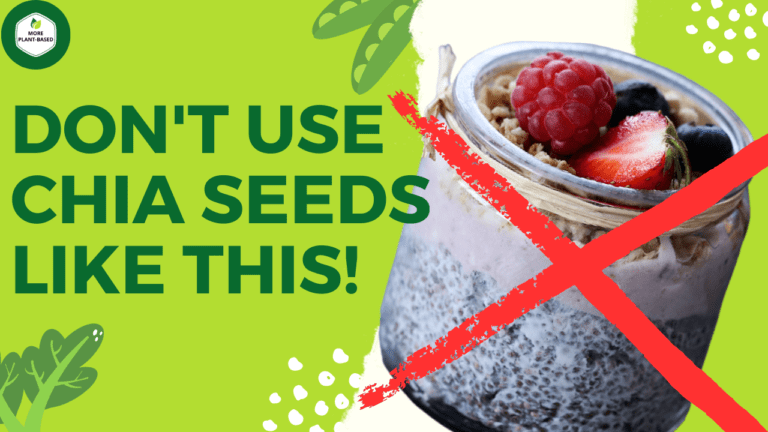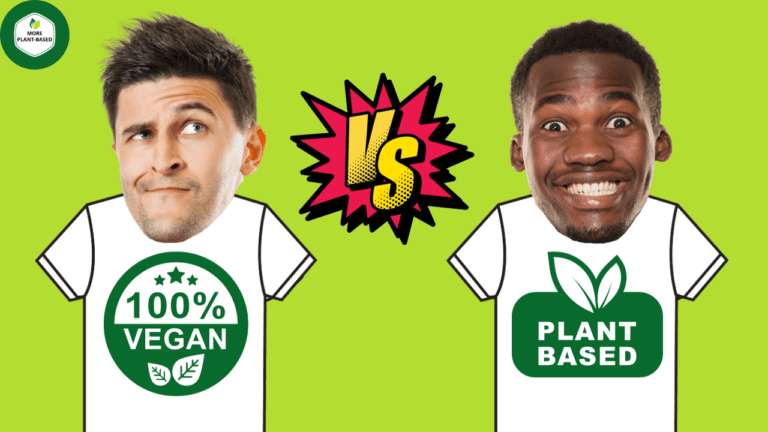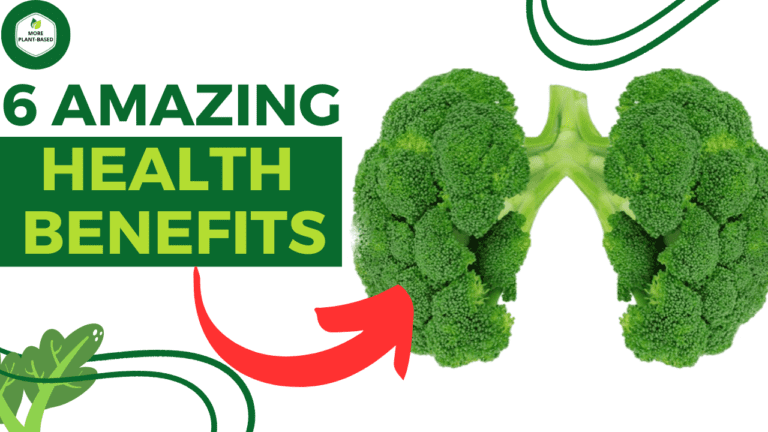Are you trying to eat more plant foods and want to do it right? Or do you wonder how to eat a HEALTHY plant based diet? Look no further because here’s your roadmap to success.
5 Essential Steps for Embracing a Plant Based Diet for Beginners
1. Transition Gradually for Digestive Ease
Take it one step at a time, especially if you’re new to this lifestyle. Your body needs to adapt, especially when it comes to the increased fiber intake. To prevent digestive discomfort, introduce plant-based meals slowly. It can take several weeks to several months before your body fully adapts.
2. Focus on Whole Plant Foods
While you follow step #1, focus on gradually incorporating more WHOLE plant foods. Think of whole grains instead of refined grains. Whole fruit instead of juice. Don’t change your entire menu overnight. Use flexible plant based diet meals and plant based diet recipes that make it easier to transition.





I like Brownble’s program since they have plenty of plant based diet recipes for beginners but also numerous options for even the long-term, die-hard vegans.
3. Do NOT underestimate a B12 deficiency
Our society has a massive B12 problem. All livestock gets supplemented with B12. If you eat no meat, you must supplement with B12. If you still eat some meat, please use a nutrition calculator such as Cronometer to track your B12 intake. Please take it seriously because B12 is essential for your nervous system.
4. Getting enough iron the SMART way
Plant-based sources of iron are non-heme and less absorbable than animal-based heme iron. While non-heme iron is less absorbable, the body can regulate it better preventing the potential negative effects of too much iron which is linked to an increased risk of stroke and diabetes.
There’s an easy trick to improve the absorption of non-heme iron. Simply pair iron-rich foods with foods rich in vitamin C. Cronometer is extremely helpful for this. One superfood that contains plenty of both iron and vitamin C is broccoli.
Keep track of your iron and all your other nutrients in the best free online nutrition calculator: Cronometer


5. LISTEN to Your Body and Microbiome
As you transition to a plant-based diet, your gut microbiome might need time to adjust. Be patient and lower your intake of foods you find harder on your digestion such as legumes. Take it slowly, don’t worry. You can slowly adjust the quantity of any “problem” foods on a weekly basis until you feel comfortable with regular portions.
A Comprehensive, Step-By-Step Guide
In this post, we’ve touched upon the five essential points, but there’s a wealth of in-depth information waiting for you in our incredibly comprehensive beginner’s guide. This guide is so thorough that even those well-versed in plant-based living will find it valuable.
It delves deeply into topics like transitioning, meal planning, addressing common challenges, exploring the health benefits, and examining the different types of plant-based diets available.
Summary
- Remember to take your time transitioning to a more plant based diet.
- Focus on incorporating more whole plant foods over time.
- Pay attention to your B12 intake and supplement if necessary.
- Make sure to frequently add vitamin C-rich foods to your iron-rich foods.
- Listen to your body and slow down IF you feel any discomfort.
Learn more about plant-based eating in Plant-Based Diet for Beginners: A Comprehensive, Step-by-Step Guide.






This post is actually a nice one it helps new web people, who are wishing for blogging.
Thank you Nancy. I’m sorry for the late comment. I had been overloaded with spam 🙁
Hello.This post was really remarkable, especially because I was looking for thoughts on this subject last Wednesday.
I’m glad you found it helpful, Melissa!